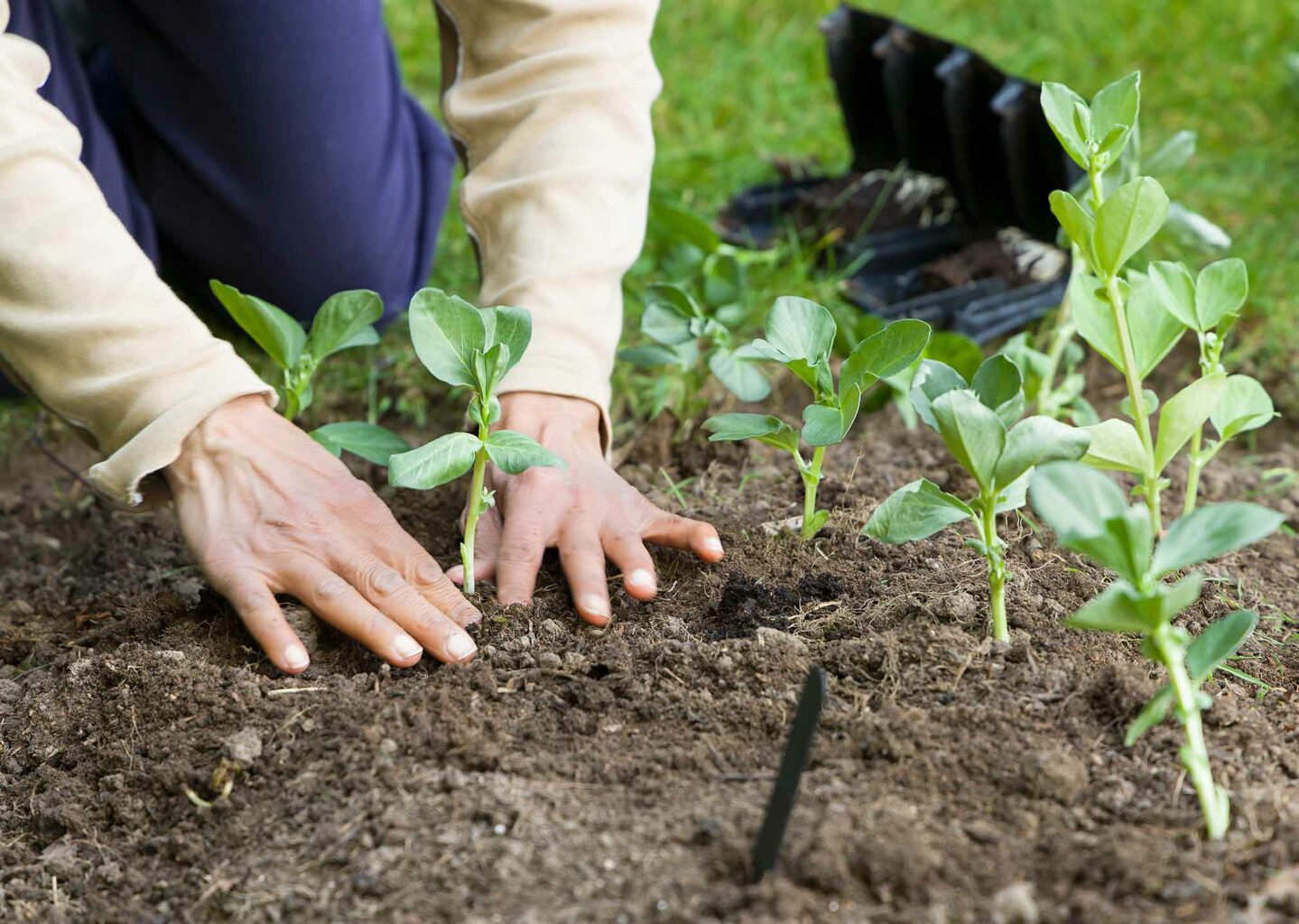This article was corrected and updated 3/3/23.
By Vicki Spencer, Master Gardener
Varied landscapes and climates are what make Colorado such a beautiful place to live. Some areas have cold, wet winters while others are warmer and drier. This variation needs to be considered during early spring vegetable gardening.
In the Zone
Which vegetables grow easily in your garden and when you should plant them depends, first, on your plant hardiness zone. Colorado’s zones range from 3 to 7. Generally, the higher the elevation, the lower the number.
Mountain towns may be in zone 4, urban corridors along the Front Range may be in zone 6, and warmer areas along the Western Slope may be in zone 7. Check the USDA website for your specific hardiness zone before planting early-season vegetables discussed here.
Early-season vegetables — those that are frost-hardy and thrive in cool weather — are often the easiest to grow and most productive in Colorado. In warmer, lower altitudes, they can be planted outside as early as late March or April, depending on your zone and location of your garden.
Many other variables enter the equation when calculating if you will have a successful crop. For simplicity’s sake, consider the days to maturity when deciding whether to start seedlings indoors, plant seeds directly outside or purchase starter plants.
Construct a Spring Garden Game Plan
The early-season vegetables planted from seed most commonly include peas, snow peas, leafy greens, radishes, turnips, kohlrabi, beets, carrots and onion bulb sets. These fast-growing vegetables take about 21–30 days from sowing to harvest.
- Peas, including snow peas, should be planted early because they can’t tolerate heat.
- Carrots and onion bulb sets can be planted as soon as the soil is warm.
- Cauliflower, broccoli, bok choy and cabbage take longer to reach maturity and you will get a better harvest if you purchase starter plants from your garden center.
Soils with less than 1% organic matter, often found in the mountains, need significant amendments to provide the best growing conditions for vegetables.
Compost and aged manure can be added by incorporating 1 inch per every 4 inches of soil depth. Potting soil is less effective since it has been formulated for container plants.
The CSU Extension Office offers soil tests to determine your soil pH, organic matter and nutrients. The report recommends how to amend and fertilize for your specific conditions.
More Spring Gardening Advice
Most vegetable gardeners prefer planting in rows because they are easier to irrigate, weed and cover during frost.
Peas are the only early-season veggies that require support. You don’t need to buy expensive forms. Instead you can build your own support structures with materials you may already have around the house.
I use bamboo stakes and create a web of string in between. Whatever the structure, it needs to be sturdy enough to support the weight of plants when covered with pea pods.
When purchasing seeds, consider supporting local businesses. Botanical Interests Seeds in Broomfield has taken the Safe Seed Pledge and its seeds have not been treated with GMOs or pesticides.
Here are a couple wholesaler suggestions to get your early spring vegetable gardening venture underway.
Master Gardener Vicki Spencer has an eclectic background in conservation, water, natural resources and more.

